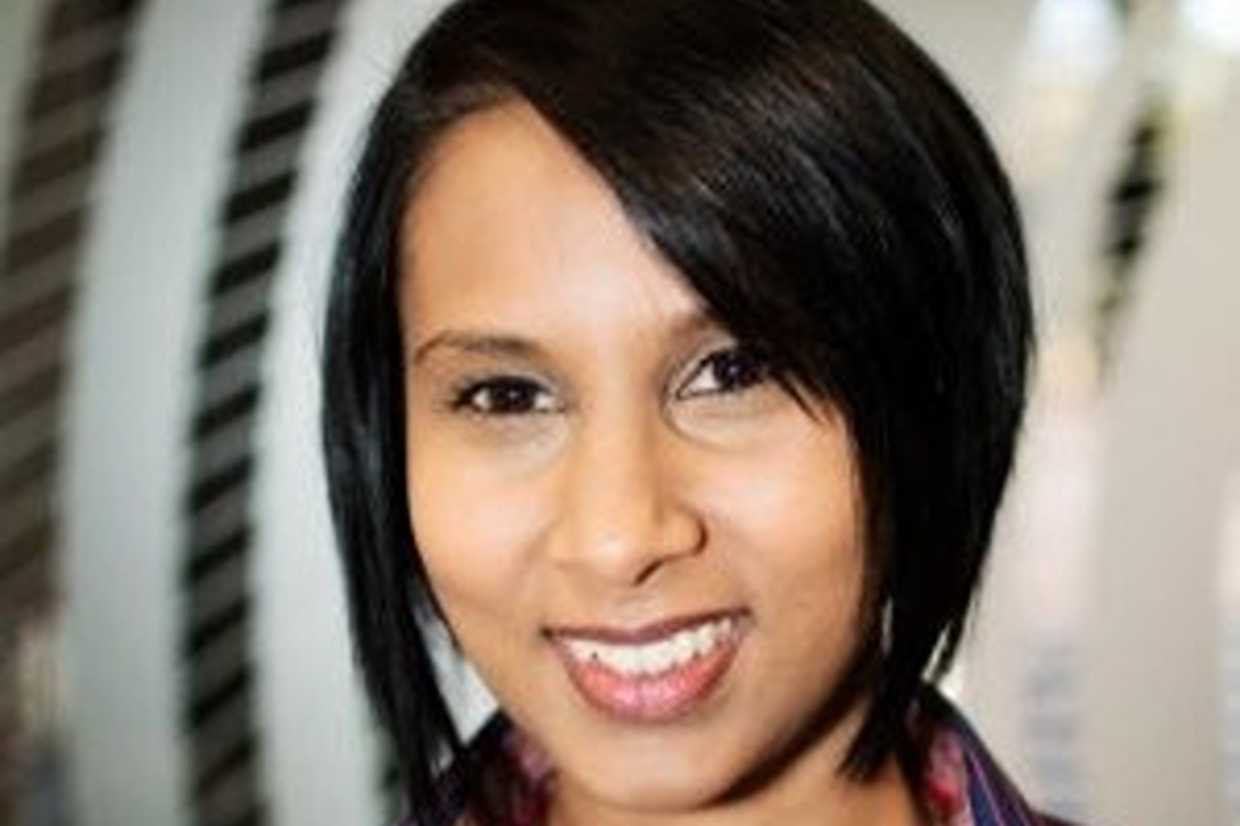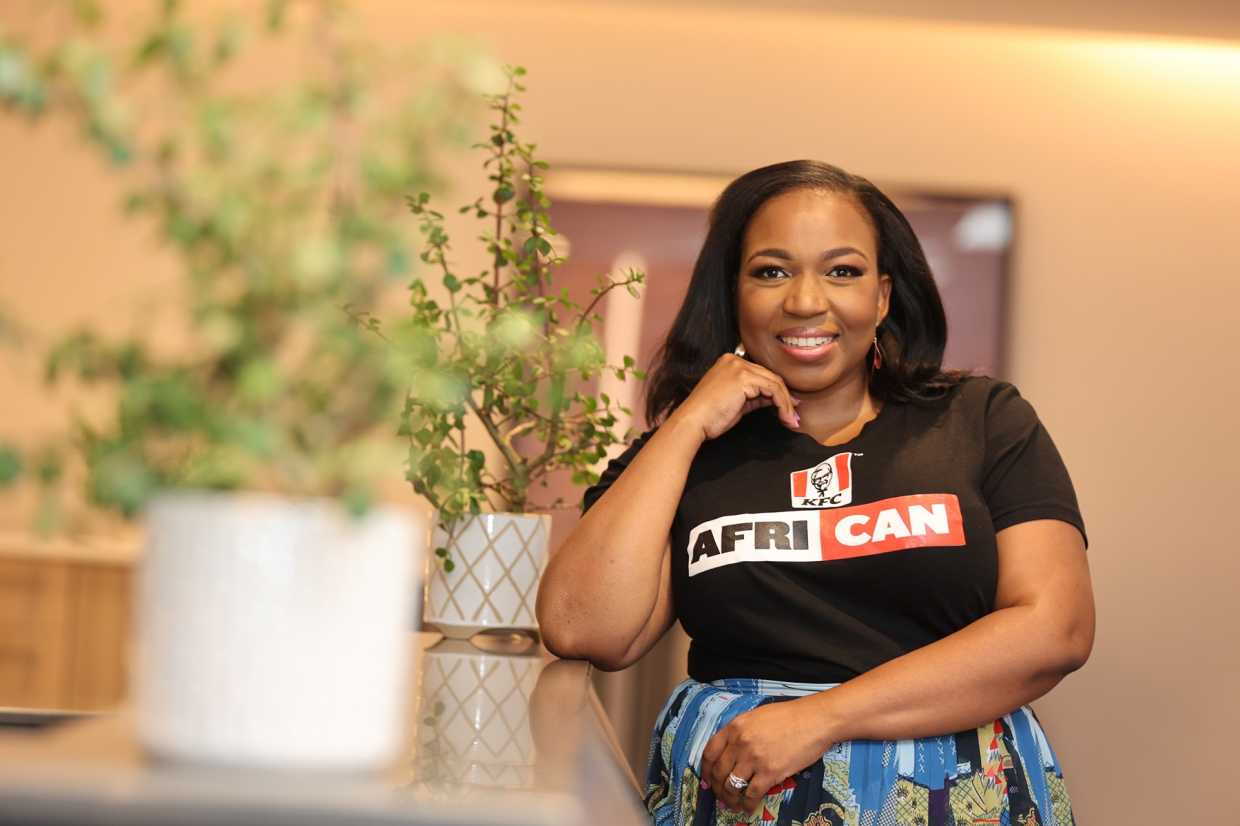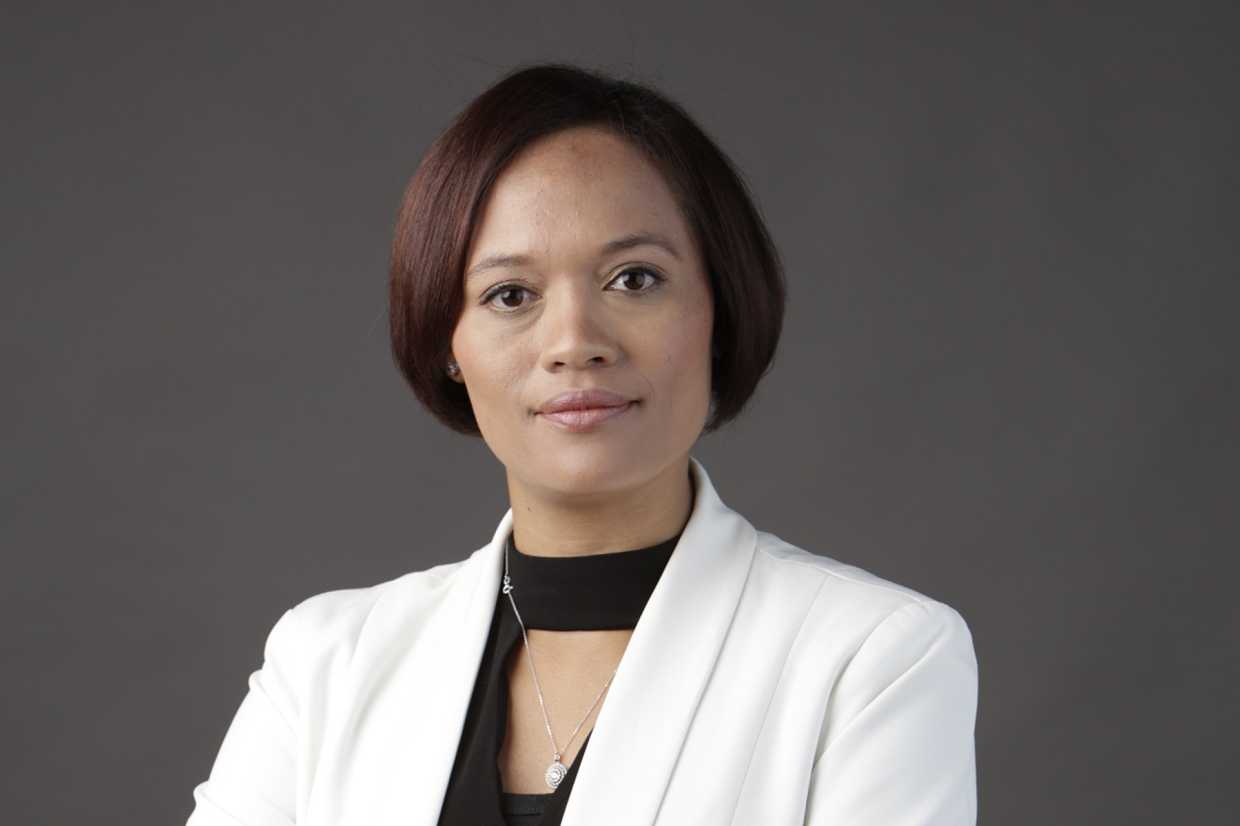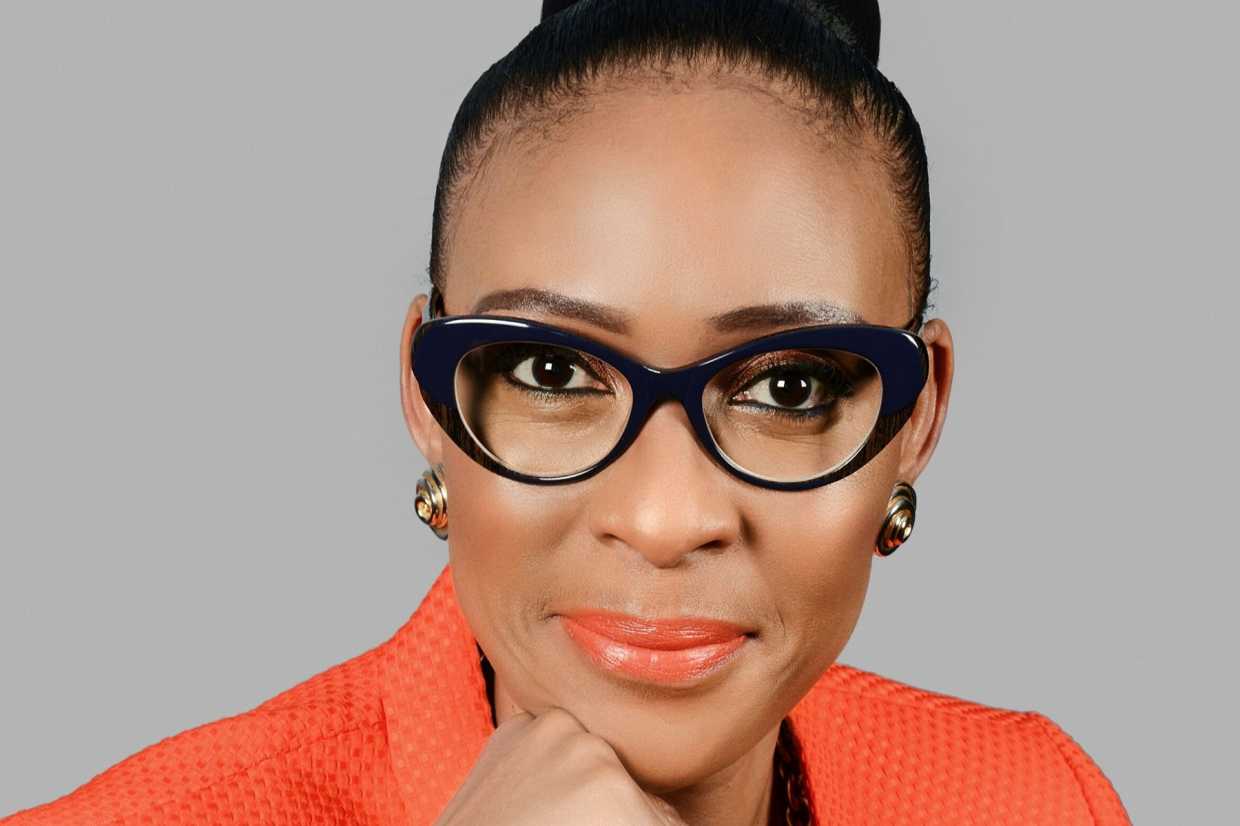Gender inequity remains a source of struggle for women seeking IT leadership roles. Intentional pipelining, mentorship, and networking programs can help widen opportunities, according to women leaders working to change the equation.
Women leaders are switching jobs at rates far higher than their male counterparts as they demand more from their employers and show they’re willing to go elsewhere to get it. That trend is substantiated by recent research from McKinsey. Given this reality – and the business world’s drive to create more diverse and inclusive leadership teams – the pressure is now on companies to hold on to the few women leaders they already have.
But there’s a lot of work to be done. Despite a strong focus by organizations to deliver a more inclusive workplace, change is not happening as quickly or as widely as it should, says Cindy Sieberts, country director for South Africa for digital payments gateway MFS Africa. A good illustration of how slow the rate of change is can be found in executive representation at companies listed on the Johannesburg Stock Exchange (JSE), Africa’s largest stock exchange. According to a 2022 analysis by PWC, just 15% of the JSE executive population was women. While that represented a slight improvement from 2021, when women made up 13% of corporate executives, it will take another 17 years for executive parity at the current rate of improvement.

Cindy Sieberts, MFS Africa
MFS Africa
The legacy of female versus male roles is still informed by a conscious or unconscious bias in terms of capabilities and skills, says Lytania Johnson, CEO of First National Bank’s personal segment. In addition, there are perceptions that because women have more responsibility at home, they have less disposable time and energy to dedicate to more complex roles. This can hinder their ability to take on leadership positions because they’re perceived to come with additional responsibilities.
SUBSCRIBE TO OUR NEWSLETTER
From our editors straight to your inbox
Get started by entering your email address below.
Please enter a valid email address
Akhona Qengqe, GM of KFC Africa, agrees. Traditionally, when organizations look to promote one of their team members to a position that requires them to travel, for example, the fact that a woman has children can work against her, because people assume a married woman with children may not be able to travel as frequently as they might need to. This kind of culture inadvertently discourages or excludes women from even being considered for leadership roles without even taking their competencies and skills into account. “Today, I believe the biggest barrier, and contributor, to the low numbers of women in corporate leadership is a lack of opportunity,” says Qengqe.

Akhona Qengqe, KFC Africa
KFC Africa
But there are also internal factors holding women back as well, acknowledges Marlene Pappas, COO at KPMG South Africa. Unfortunately, many young women are still socialized to behave a certain way and think they can and can’t do specific tasks and activities. This reinforces perceptions around what women are capable of achieving and, therefore, prevent them from applying for leadership roles. To challenge this, those already in leadership positions have a responsibility to encourage others to aspire to break the glass ceiling as well, she says.
Widespread cultural change and mentorship a must
For Johnson, what will significantly improve working environments and boost accessibility for women in the workplace are women-inclusive policies and practices like flexible working arrangements, lactation rooms for returning mothers, pay parity for equal work, networking and leadership development program opportunities, access to projects and teams where they can grow and thrive, and other support mechanisms.

Lytania Johnson_FNB
FNB
“In my journey, I believe that having been provided with access to a leadership development program early in my career helped to equip me for the leadership roles I would later take on,” she says. “In addition to that, I’ve been lucky to work in an organization where my leaders were willing to take a chance on me and allow me to lead projects and portfolios with the idea being to boost my experience and diversify my skills.”
But there’s still the problem of a lack of intentional pipelining, says Lillian Barnard, president of Microsoft Africa. It’s increasingly important for organizations across all industries to work on creating a cohort of ready women leaders who can step into the next available senior roles. Building a solid internal and external pipeline demonstrates the kind of intentionality that’s needed. “If we want true equity, we need to move away from promoting only a few women into senior roles and seeing this as a victory,” she says. “We need to focus on empowering women at every layer of the organization and make succession planning more practical, natural, and sustainable.”

Lillian Barnard, Microsoft Africa
Microsoft Africa
Additionally, as more corporates look to boost gender diversity parity as part of their business strategy, a stronger focus on mentorship and networking programs is needed, says Qengqe.
“Mentorship is important, and from my own experience, having mentored some amazing future women leaders, I’ve seen how much value it adds to share similar lived experiences and provide a space where young women feel comfortable sharing their strategic ideas, and where I can provide guidance around how to respond to challenging situations,” adds Johnson.
Fostering a more inclusive organizational culture is essential, says Barnard. Creating an organizational culture that embraces diversity and encourages people to bring their best selves to work is an important step, she adds. And for the women who have managed to challenge the status quo and work their way to the top, there’s a responsibility to create a working culture that recognizes, understands, and celebrates unique female qualities.
“One of the biggest things women in leadership positions can do is send the proverbial ladder back down,” says Sieberts. That means guiding and mentoring women in the earlier stages of their careers, and supporting their growth and development. Another is to advocate for greater representation among their fellow executives. Acknowledging that with the current balance of power lying with men, she believes this conversation can’t only be had among women. It’s critical men play a role to change corporate culture and help champion more women to secure positions of influence. This was the case for Pappas who says that male mentors and superiors have made the biggest impact throughout her career. “I have always had male mentors who believed in my skill and had the courage to appoint me to leadership positions.”

Marlene Pappas, KPMG South Africa
KPMG South Africa
A wide body of research shows that organizations with teams that are more diverse perform better overall, says Sieberts. “They are more innovative and more likely to come up with creative solutions that serve the company’s customer base,” she says. “Of course, diversity doesn’t always feel comfortable, but it’s in that discomfort that innovation really thrives. After all, it’s only when you’re confronted by opinions different from your own that you can break out of familiar thought patterns.”
SUBSCRIBE TO OUR NEWSLETTER
From our editors straight to your inbox
Get started by entering your email address below.
Please enter a valid email address
>>> Read full article>>>
Copyright for syndicated content belongs to the linked Source : CIO – https://www.cio.com/article/652350/transforming-the-leadership-trajectory-for-women-in-tech.html






























